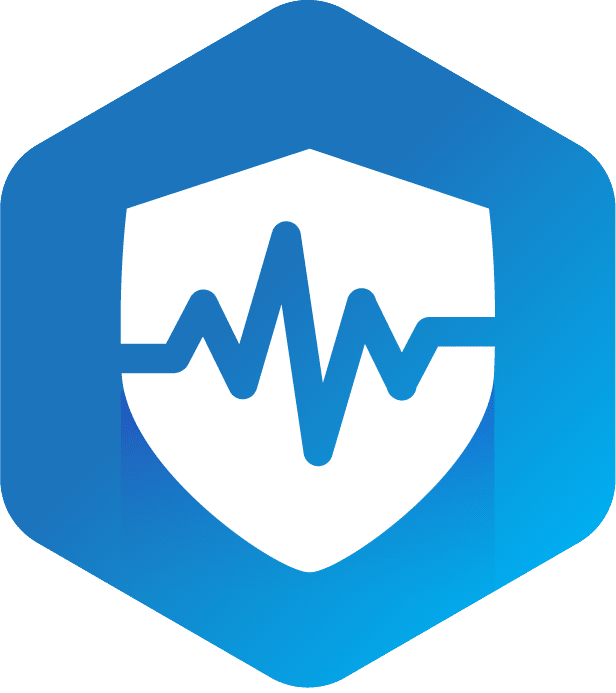Are you looking to become HIPAA compliant?
This article will guide you through the necessary steps to ensure you meet the requirements.
By understanding HIPAA regulations, conducting a risk analysis, developing policies and procedures, training your employees, and implementing ongoing monitoring and auditing, you can ensure the protection of sensitive health information.
Follow these instructions to become HIPAA compliant and gain peace of mind knowing your organization is safeguarding patient data.
To become HIPAA compliant, you must first understand the requirements, which are outlined in detail by the U.S. Department of Health and Human Services.
HIPAA compliance training is essential to ensure your organization is following the rules and regulations set forth by HIPAA. This training provides you with the knowledge and skills necessary to protect the privacy and security of patients’ health information.
HIPAA privacy rules play a crucial role in safeguarding sensitive data. These rules dictate how healthcare providers, insurers, and other covered entities handle protected health information (PHI). By understanding these requirements, you can establish policies and procedures that align with HIPAA guidelines.
This ensures that your organization maintains compliance and reduces the risk of data breaches or unauthorized disclosures. Stay informed and educated on HIPAA requirements to protect your patients and your organization.
To conduct a thorough risk analysis, you need to assess all potential vulnerabilities and threats to the security of patients’ health information. The HIPAA risk assessment is a crucial step in ensuring compliance with HIPAA regulations.
This assessment involves identifying and evaluating potential risks to the confidentiality, integrity, and availability of protected health information. By conducting a comprehensive risk analysis, you can identify areas where your organization may be at risk and develop appropriate risk mitigation strategies.
These strategies can include implementing security measures such as encryption, access controls, and regular system audits. It’s important to regularly review and update your risk analysis to address any new threats or vulnerabilities that may arise.
You should begin by developing policies and procedures that address the risks identified in the risk analysis. This step is crucial in establishing a framework for maintaining HIPAA compliance within your organization.
Here’s a four-step guide to help you with policy development and procedure implementation:
How can you effectively train your employees on HIPAA compliance?
Employee training is essential for ensuring that everyone in your organization understands their responsibilities under HIPAA regulations. To achieve this, it’s recommended to follow best practices for HIPAA training.
First, start by conducting a comprehensive training session that covers the basics of HIPAA, including the privacy and security rules. Make sure to explain the potential consequences of non-compliance and the importance of protecting patient information.
Additionally, provide specific training for employees who handle protected health information (PHI) on a regular basis. This training should cover topics such as data security, proper handling and disposal of PHI, and incident reporting procedures.
Regularly reinforce these training sessions through ongoing education and reminders to ensure that your employees remain up to date on HIPAA compliance.
By regularly monitoring and auditing your organization’s compliance with HIPAA regulations, you can ensure the ongoing protection of patient information. Continuous improvement is key to maintaining compliance and safeguarding sensitive data.
Here’s how you can implement effective monitoring and auditing practices:
Congratulations! You have successfully taken the necessary steps to become HIPAA compliant.
By understanding the requirements, conducting a risk analysis, developing policies and procedures, training employees, and implementing ongoing monitoring and auditing, you have ensured the protection of patient information and maintained compliance with HIPAA regulations.
Well done!

